Retro Replay Review
Gameplay
La Abadía del Crimen places you in the sandals of William of Baskerville and his novice Adso of Melk as you explore a sprawling medieval abbey rife with secrets. The core loop revolves around investigation and puzzle-solving: you’ll question monks, decipher coded messages, and navigate a labyrinthine floor plan that tests your memory and deductive skills. The game’s pace is deliberately measured, mirroring the methodical sleuthing of Umberto Eco’s original tale.
(HEY YOU!! We hope you enjoy! We try not to run ads. So basically, this is a very expensive hobby running this site. Please consider joining us for updates, forums, and more. Network w/ us to make some cash or friends while retro gaming, and you can win some free retro games for posting. Okay, carry on 👍)
One of the most distinctive gameplay aspects is the strict adherence to monastic rules. You must ensure that Adso follows the liturgical hours, observes mealtimes, and maintains silence when required. Neglecting these routines can earn you reprimands or even expulsion, adding an authentic layer of tension. Balancing the pursuit of clues against the rigid schedule turns routine exploration into a strategic challenge.
While combat is virtually non-existent, the game substitutes physical conflict with stealth and timing scenarios. Sneaking into restricted areas, avoiding patrolling monks, and unlocking hidden doors become heart-pounding moments when the abbey’s gothic corridors loom around you. The interface is keyboard-driven, with simple commands that, once mastered, streamline investigation without overwhelming newer players.
Progression is tied to solving crimes and uncovering the motivations behind seemingly supernatural events. Each breakthrough feels earned, thanks to the game’s clever use of dialogue trees and environmental clues. For fans of mystery adventures, the satisfaction of piecing together Eco’s intricate plot is well worth the occasional trial-and-error.
Graphics
La Abadía del Crimen employs an isometric, pixel-art aesthetic that remains remarkably evocative decades after its original release. The muted color palette—dominated by grays, browns, and the occasional stained-glass accent—reinforces the abbey’s somber mood. Every corridor, alcove, and library shelf feels hand-crafted, inviting players to linger and absorb the atmosphere.
Character sprites are small but expressive: William’s thoughtful gait and Adso’s cautious steps communicate personality despite limited resolution. Weather effects, like rain pattering on the cloister courtyard, and dynamic lighting in candlelit chambers further immerse you in the medieval setting. These visual touches underscore the game’s dedication to mood over flashy effects.
Environmental storytelling is a standout feature. Tattered tapestries hint at the abbey’s storied past, while scattered parchments and bookshelves serve as both set dressing and puzzle fodder. The lack of onscreen clutter ensures that essential objects stand out, yet the world never feels sterile. Instead, it becomes a living, breathing backdrop for your investigations.
Though modern gamers accustomed to high-definition 3D might find the visuals quaint, the pixel-perfect design holds a unique charm. The game’s 4:3 aspect ratio and fixed camera angle foster a sense of claustrophobia and intrigue, pulling you deeper into the mystery. For retro enthusiasts or those curious about gaming history, the graphics alone tell a story worth experiencing.
Story
Adapted from Umberto Eco’s seminal novel “The Name of the Rose,” La Abadía del Crimen faithfully captures its layered narrative. You assume the role of the astute Guillermo de Baskerville, accompanied by the eager novice Adso de Melk, investigating a series of grisly deaths within a secluded abbey. The overarching plot deftly weaves theology, philosophy, and murder into a tapestry of suspense.
The game excels in recreating the intellectual duels of Eco’s text. Dialogues with fellow monks range from polite theological debate to veiled threats, each exchange revealing new facets of character and motive. As you interrogate suspects and pore over cryptic manuscripts, the line between divine providence and diabolic intrigue blurs, heightening the sense of moral ambiguity.
Pacing remains tight, even when you’re bound by monastic schedules. Key revelations hinge on discovering hidden scrolls or observing suspicious behaviors during prayer rituals. These narrative beats reward exploration without resorting to arbitrary fetch quests. Every clue uncovered deepens your understanding of the abbey’s dark undercurrents.
Despite the game’s age, its themes of knowledge versus superstition and faith versus reason resonate strongly today. The seamless integration of story and gameplay ensures that you’re never a passive reader. Instead, you become an active detective, penning your own interpretation of events as each chapter unfolds.
Overall Experience
La Abadía del Crimen offers a distinctive blend of cerebral challenge and atmospheric immersion. Its deliberate pacing may feel slow to those seeking constant action, but for players who appreciate thoughtful exploration and narrative depth, every moment holds significance. The unique requirement to follow monastic rules injects freshness into familiar adventure mechanics.
Accessibility can be a concern: the keyboard-focused controls and reliance on text-based clues demand patience and attention. However, this design choice reinforces the period setting and encourages an almost academic approach to problem-solving. Modern re-releases often include quality-of-life tweaks—such as remappable keys and zoom options—that make the experience more approachable without diluting its original character.
The game’s minimal soundscape—clang of iron gates, distant chants, turning pages—serves as an aural counterpart to its visuals, reinforcing the atmosphere of secluded austerity. A haunting choral track punctuates key moments, reminding you that in this abbey, knowledge is both a sanctuary and a curse.
For enthusiasts of literary adaptations, retro gaming, or detective adventures, La Abadía del Crimen stands as a landmark title. Its fusion of Eco’s erudite narrative with innovative gameplay systems creates an enduring experience. While it may not cater to every gamer’s tastes, those willing to embrace its measured tempo will discover a richly rewarding world of mystery and medieval intrigue.
 Retro Replay Retro Replay gaming reviews, news, emulation, geek stuff and more!
Retro Replay Retro Replay gaming reviews, news, emulation, geek stuff and more!
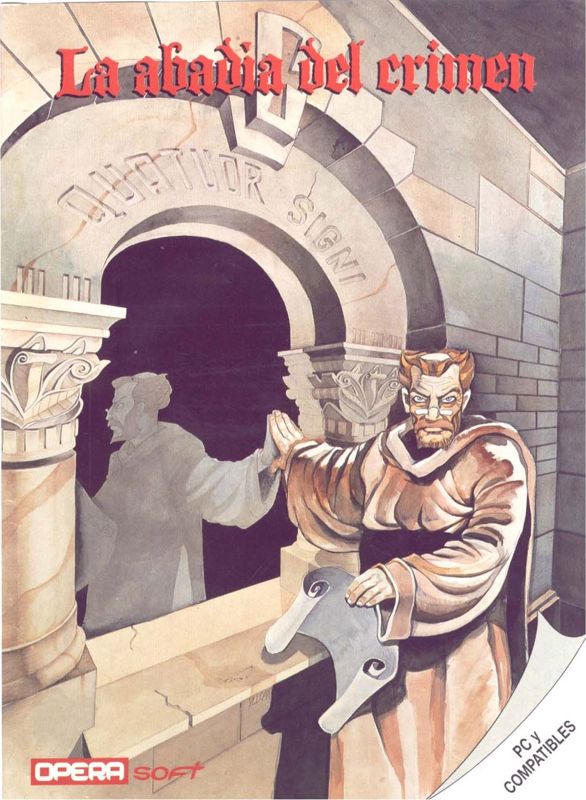
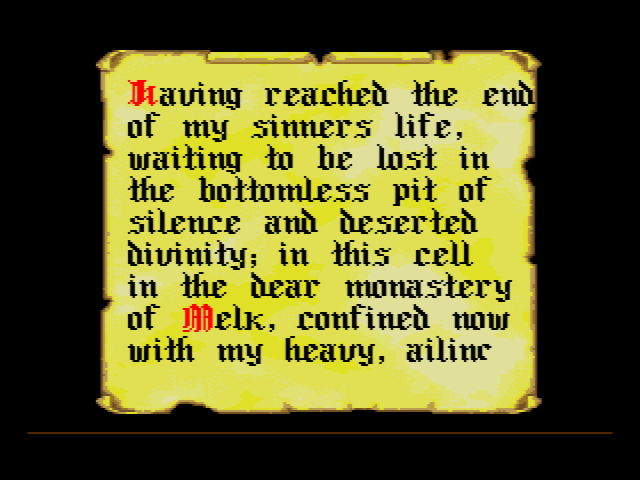
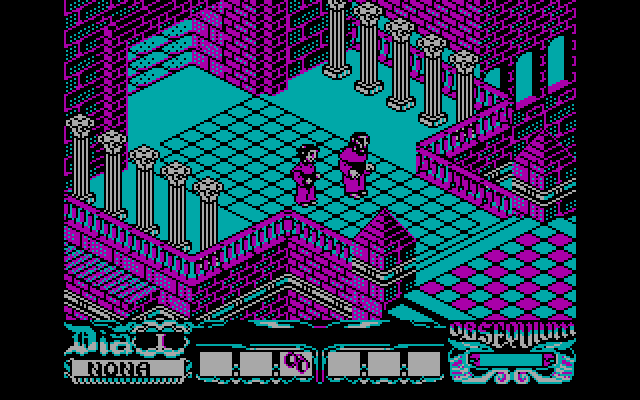
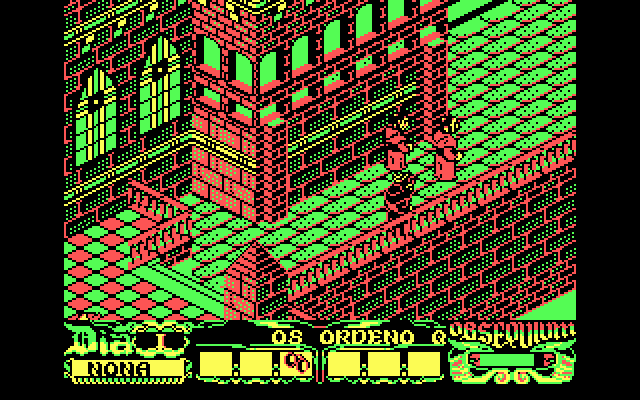
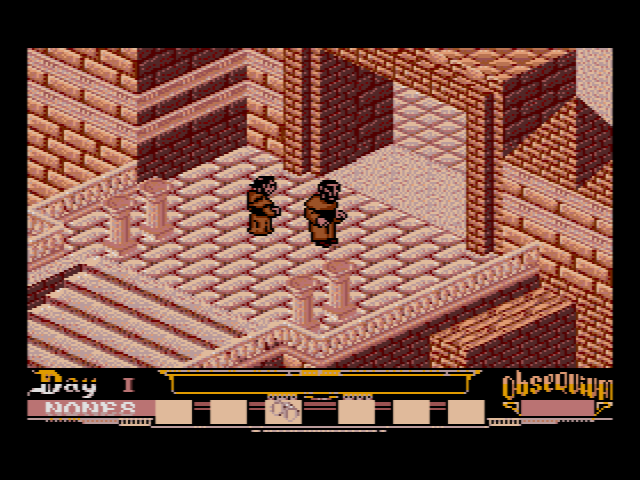
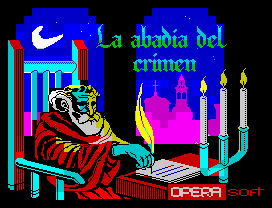



Reviews
There are no reviews yet.